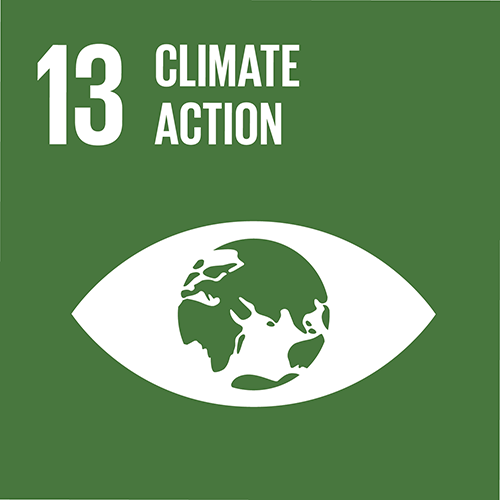Restoration of peatland in the nature reserve La Gruère
Project type: Land Use and Forestry
Project location: Jura, Switzerland
Project status: Planned, credits available
Emission reduction over 50 years: 14,140 tCO2e
Thanks to this climate protection project, various areas of the unique raised bog in La Gruère from the canton Jura can be restored to its natural state, resulting in the release of less greenhouse gas into the atmosphere. But climate protection is not the only advantage of rewetting this moorland; it also benefits biodiversity, the water balance and the local construction industry.
In their natural state, raised bogs have enormous carbon storage potential. Globally, peatlands store 30 per cent of soil carbon, despite the fact that they cover only three per cent of the world’s surface. In the past, many of Switzerland’s peatlands were dried out using drainage ditches in order to use the land for agriculture or to remove peat. Although they have been protected since the Rothenthurm Initiative in 1987, two thirds of Switzerland’s over 500 raised bogs are still in their drained state due to a lack of money. Carbon dioxide is released into the atmosphere continuously. Rewetting is the only thing that guarantees that a drained peatland once again becomes a long-term carbon storage facility.
Large parts of the La Gruère moor in the canton of Jura - a raised bog of national importance - are also still in a drained state due to a lack of financial resources. The climate protection project closes this financing gap and is thus co-decisive for the large-scale renaturation project. The project is co-financed by cantonal contributions (Jura), federal contributions, as well as by various foundations.
Etang de la Gruère - a unique landscape
The nature reserve La Gruère is one of the largest continuous moor landscapes in Switzerland and covers about 55 ha, with peat thicknesses of up to 9 m in places. Due to these particular dimensions and for technical reasons, the restoration project will have to be carried out in several stages.
The first stage was completed in 2018. Further stages of totally 15.27ha are planned for 2024-2028.
Intact Moorland as Long-Term Carbon Storage
When a moor has been drained, oxygen penetrates into the soil and converts the carbon bound in the peat into carbon dioxide, which escapes into the atmosphere. To rewet a moor, the drainage ditches have to be blocked using construction measures. In the case of this project, nearly 3 km of drainage ditches will be filled. Once moorland has been returned to its natural, intact state, the high water level inhibits the decomposition of the organic material, in which large quantities of carbon are permanently stored. The climate protection project is possible thanks to a methodology developed by the Swiss Federal Institute for Forest,Snow and Landscape Research (WSL), which estimates the volume of CO₂ emissions that are avoided thanks to rewetting. According to this approach, the top 50 cm of the peat bind potential emissions of over 1,000 tonnes of carbon dioxide per hectare for the next 50 to 100 years.
A project as large as the restoration of the La Gruère peatland represents a substantial investment for the canton of Jura. The support of myclimate, which is based on the WSL's method for estimating CO2 emissions, makes an important contribution to making this project feasible.
Multifaceted Benefit
Moors are not protected for nothing. They are hotspots of biodiversity. Intact moors offer habitats for rare or even endangered species of animals and plants. Renaturation also improves flood protection, water pollution control, the microclimate and the landscape. It offers the local population a place for recreation. The money for restoring the moor mostly flows into regional trade and industry.
Further peatland projects as part of the myclimate peatland programme can be found here.
This project contributes to 3 SDGs*
*as at the end of 2024. Find out how myclimate reports these SDGs in our FAQ.
Renaturalised peatlands are large carbon reservoirs.
These SDGs have been approved by myclimate:
A renaturalised bog improves protection and water pollution control.
15.27 hectares are going to be rewetted and provide a valuable habitat for rare animal and plant species.
Situation without project
Drained moorland releases CO2 into the atmosphereDocumentations
Partner


Project standard

Project number
7823-004






